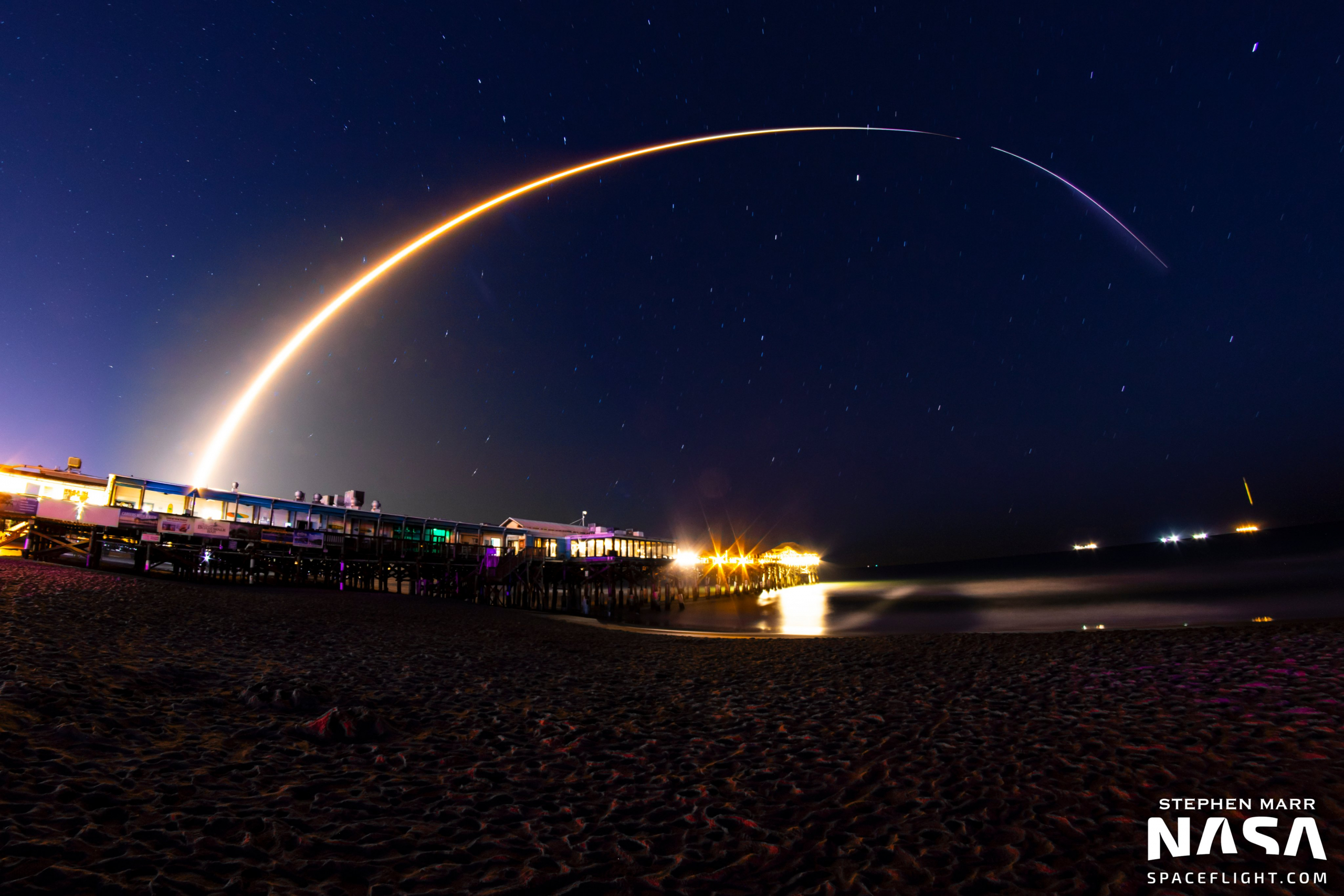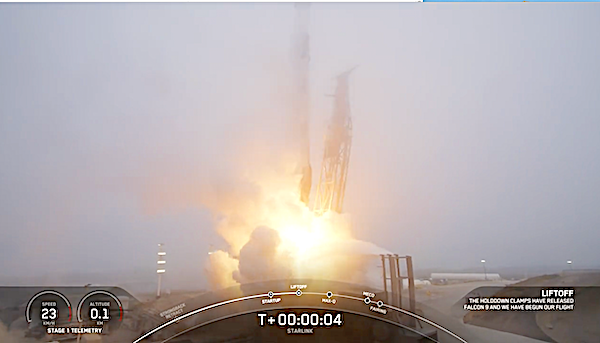SpaceX has adjusted the schedule for its next major satellite deployment, shifting the launch of the Starlink Group 17-5 mission, which will also carry 24 smallsats as rideshare payloads, to Monday from its California launch site. This mission underscores both the company’s growing pace of satellite launches and its role in reshaping the global communications landscape, while also opening opportunities for smaller players in the space industry.
A Rescheduled Mission
The Starlink Group 17-5 mission was originally slated for an earlier window, but weather conditions, technical checks, or scheduling requirements—common factors in spaceflight logistics—led to a revised timeline. Now set for Monday, the launch will take place from Vandenberg Space Force Base in California, a site frequently used by SpaceX for polar-orbit missions.
Adjustments in launch schedules are not unusual in the aerospace sector. For SpaceX, flexibility remains a crucial advantage, enabling it to accommodate changes without disrupting its broader cadence of frequent launches. This particular mission is notable because it combines the deployment of Starlink satellites with rideshare payloads, showcasing how the company maximizes efficiency in orbital transportation.
The Starlink Project Continues to Grow
At the heart of this launch is the expansion of Starlink, SpaceX’s ambitious satellite constellation designed to deliver high-speed, low-latency internet to even the most remote regions of the world. Each launch adds dozens of satellites to the growing network, with more than 5,000 Starlink satellites already in orbit. The Group 17-5 batch represents another step in fortifying the constellation’s coverage and capacity.
Starlink is increasingly vital in global communications, serving users in rural communities, on maritime vessels, and even in aviation. For SpaceX, the constellation has become both a technical challenge and a revenue driver, with millions of customers already subscribing to the service. With each new launch, SpaceX works to fill in coverage gaps, strengthen redundancy, and increase network resilience.
Rideshare Opportunities: The Smallsat Boom
Beyond Starlink, this mission carries 24 smallsats belonging to a range of customers. The inclusion of these payloads highlights a trend that SpaceX has capitalized on in recent years: the rideshare model. By offering slots on its rockets to smaller satellites, the company provides a cost-effective pathway to orbit for startups, research institutions, and government agencies.
The growing demand for smallsat launches reflects a shift in how space is being accessed. Instead of relying solely on large, expensive satellites, many companies and organizations now deploy smaller, specialized satellites for tasks like Earth observation, climate monitoring, remote sensing, and communications experiments. This diversification lowers barriers to entry and enables innovation across industries.
For SpaceX, combining Starlink launches with rideshare payloads makes sense logistically and economically. The Falcon 9 rocket’s robust payload capacity allows the company to maximize the utility of each mission, ensuring no space is wasted. This strategy not only boosts profitability but also cements SpaceX’s role as a leader in providing reliable, flexible access to orbit.
The Falcon 9 Workhorse
The mission will once again employ SpaceX’s Falcon 9 rocket, the backbone of the company’s launch operations. Known for its reusability, the Falcon 9 has set industry standards by demonstrating rapid turnaround and cost-effective access to space.
The booster supporting this mission is expected to return for recovery after launch, landing either on a droneship in the Pacific Ocean or at a designated landing zone. This practice has become routine for SpaceX, but it remains a technological marvel. By reusing rockets, SpaceX has drastically reduced launch costs and increased its ability to conduct missions at a pace unmatched by competitors.
Implications for the Space Industry
The combination of Starlink deployments and rideshare payloads illustrates the evolving dynamics of the space industry. SpaceX’s dominance in launch services is reshaping expectations for cost, frequency, and accessibility. At the same time, the company’s Starlink constellation is redefining the business model for satellite networks, offering services directly to consumers while simultaneously providing infrastructure for research and commercial clients.
For the broader industry, the rise of smallsat missions carried alongside larger payloads creates new opportunities. Universities and startups, once priced out of space exploration, can now test new technologies in orbit. Government agencies can deploy targeted satellites more rapidly, enhancing capabilities in defense, disaster response, and environmental monitoring.
Looking Ahead
With the Starlink Group 17-5 launch now scheduled for Monday, anticipation is high for another smooth deployment. Each mission brings SpaceX closer to its goal of creating a global internet network while simultaneously supporting the needs of smaller players in the space economy.
The company’s ability to manage frequent launches while juggling complex payload manifests demonstrates how far commercial spaceflight has advanced. The success of this mission will add to SpaceX’s growing list of achievements in 2025, reinforcing its reputation as both an internet provider and a launch service powerhouse.
As the smallsat market continues to grow, and as Starlink edges toward full global coverage, missions like Group 17-5 highlight the interwoven future of large-scale constellations and niche, specialized satellites. In this new era, space is no longer the domain of a few major players—it is becoming a shared environment where commercial, governmental, and educational entities all find room to operate.
Conclusion
The upcoming launch of Starlink Group 17-5 with 24 smallsats is more than just another addition to SpaceX’s crowded schedule. It represents the merging of two trends: the rapid expansion of a global communications network and the democratization of space access through affordable rideshare opportunities. By moving the launch to Monday from California, SpaceX once again showcases its adaptability and operational strength.
If successful, the mission will not only strengthen Starlink’s constellation but also deliver valuable payloads for smaller organizations, reflecting the increasingly interconnected nature of modern spaceflight. In the process, SpaceX continues to push the boundaries of what is possible, reshaping both the launch industry and the future of satellite communications.




